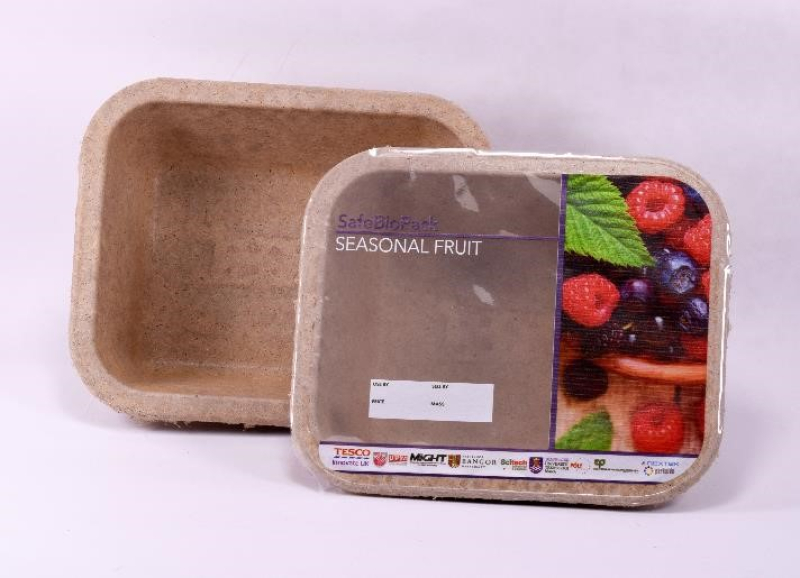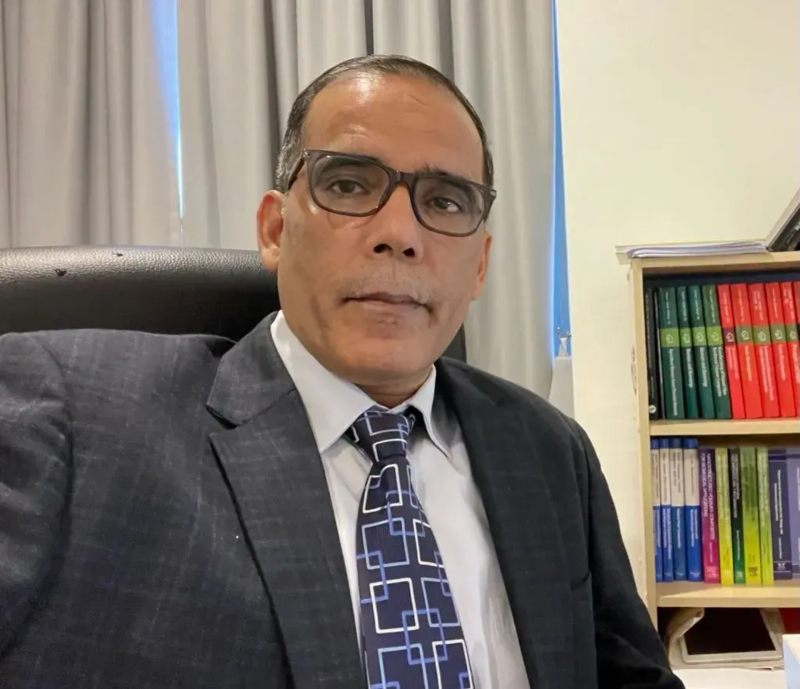Can you tell us a bit about your current research?
I am working with biomass obtained from the date palm. In the UAE, this plant plays a significant role in the economy and culture of the region. The country ranks fifth in the world in terms of date production and the number of date palms is only increasing. Therefore, many of our current research projects revolve around the biomass of this plant; our task is to consider how we may utilize this “waste” biomass in the production of valuable polymer composites.
And what benefits could that provide?
In general, polymer composites are multi-component materials; their physical, chemical, mechanical, and other properties depend on their composition. For example, glass fiber inherits its transparency and strength from glass, while carbon fiber composites can be stronger and stiffer than metal due to certain carbon compounds. However, these and other inorganic composites share one trait – they are not biodegradable, making them difficult to dispose of.
The solution to this problem may lie with alternative composites based on natural fibers. For instance, such materials are already being created using fibers from date palms, oil palms, bananas, bamboo, flax, jute, kenaf, etc. Organic composites have many beneficial properties – they are biodegradable, durable, and abrasion-resistant while also being lightweight and easily stretchable.
Food packaging made with palm biomass. Photo courtesy of the subject
So, in which fields are these materials already being applied? And where could they see some use in the future?
It’s worth noting that, in addition to their advantages, these materials also have some drawbacks. The two main ones are low thermal stability and moisture resistance. Therefore, composites with natural fibers cannot be used everywhere.
However, there are several fields where they have already proven themselves well. These include the automotive, construction, defense, and aerospace industries. Previously, organic composites were only used for the interiors of Audi, Volkswagen, and Mercedes-Benz cars (for example, as upholstery), but now they are also being used for exteriors. For instance, the designers of the Mercedes-AMG GT4 racing car made the bumper from a material based on flax fibers. This shift away from carbon fiber has allowed them to reduce carbon dioxide emissions by 85% at all stages of production.
Organic components can also be used in the manufacturing of bulletproof vests. Currently, most such clothing produced worldwide is made from Kevlar, which is a strong and heat-resistant material, but also quite expensive.
Together with one of my PhD students, we were able to replace some of the synthetic fiber with coconut sheath and develop a vest that meets international standards. It passed bulletproof testing just as well as any Kevlar product. Additionally, thanks to organic composites, we managed to reduce production costs by 44% and make it more environmentally friendly.
There are many more fields where organic composites could potentially be useful. For example, the polymer lignin, which is found in the biomass of date palms, can be used for removal of heavy and toxic metals from water and soil, as well as for absorbing carbon dioxide. I am currently researching the properties of lignin at UAEU to help create environmentally beneficial solutions.
You’ve been working with organic composites for more than 15 years. Overall, how has your field changed in recent times?
I started studying natural fiber-based materials in 2008 and dedicated my doctoral dissertation to this topic. In my work, I combined two organic materials, then created a composite and studied its properties. Fifteen years ago, very few people were working on this topic and there were very few published articles.
Everything changed when the UN General Assembly declared 2009 as the International Year of Natural Fibers. This attracted the attention of many scientists, making the field of organic composites more popular, and I felt that I was at the forefront of science and moving in the right direction. During this time, I have had the opportunity to work with various plants – such as wild palm, kenaf, banana, Washingtonia, olive, and flax.
The potential of organic composites is very high – you can create materials to meet a wide range of requirements. It’s inspiring.
Mohammad Jawaid. Photo courtesy of the subject
And what are some key challenges that are yet to be solved?
In some developing countries (such as Malaysia, India, or Bangladesh), we have yet to introduce the use of natural fiber composites on a massive scale. Firstly, the manufacturing of such materials is not fully automated, so it’s difficult to ensure that raw material is of high quality and produced consistently. Secondly, natural materials from the same type of natural fibers can vary in their properties depending on the growing conditions. Scientists have to conduct fundamental research on natural fibers, analyze all their properties, and determine how suitable a particular plant is for composite production and where it can be applied.
This year, you’ll be taking part in the international biotechnology conference BIOCON in Almetyevsk, which is co-organized, among others, by ITMO’s Advanced Engineering School. What motivated you to join this event and what research will you present there?
The previous conference brought together many accomplished researchers and speakers. I was very impressed, so I decided to participate in this year’s event. For me, it will be a great opportunity to share my work and meet new colleagues.
At BIOCON 2024, I will present my research on the use of agricultural biomass in food packaging, defense, and construction materials. For example, biomaterials can be used to create biodegradable compostable packaging for food. Unlike 40% of packaging that currently uses plastic, the organic alternative reduces the amount of non-recyclable waste, and the antibacterial nanoparticles included in such packaging can help to extend the shelf life of food. In addition, we are currently developing a construction material based on natural fibers. Its thermal insulation properties will help retain more heat in homes, while its acoustic properties will provide effective sound insulation. I will also talk about bulletproof vests made with coconut sheath.
Are you planning any collaborations with your colleagues from Russia?
I would like to work with Russian scientists on biomaterials for the oil and gas industry. For both Russia and the UAE, oil and gas are among the most important sectors. I work at UAEU’s Department of Chemical and Petroleum Engineering, where a lot of research is being conducted on the use of biomaterials to enhance oil recovery – the amount of oil extracted from a well. Additionally, most pipelines are made from synthetic materials, and it may be possible to extend their lifespan by replacing them with biomaterials. I hope that during my visit to Russia, I will find collaborators with whom we can secure joint grants – or initiate cooperation between our universities – so that together we can find solutions for the oil and gas sectors.
BIOCON is an international biotech conference that will take place on November 11-13 in Almetyevsk (Republic of Tatarstan, Russia). The event is organized by ITMO’s Faculty of Biotechnologies and Advanced Engineering School with support from Tatneft. Over the course of three days, more than 250 scientists from 14 countries, including Russia, China, India, Malaysia, Oman, and Japan, will discuss the current trends and challenges in three fields of biotechnologies: industrial, agricultural, and marine/freshwater. For instance, experts will discuss the production of biopolymers with the help of “green” biotech and biofuel from sea resources, as well as cosmetics and genetically modified organisms. Participants who don’t require a visa (or only require an e-visa) can sign up for the conference by October 25.





